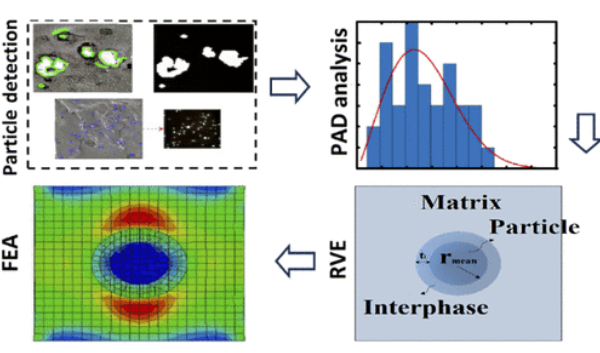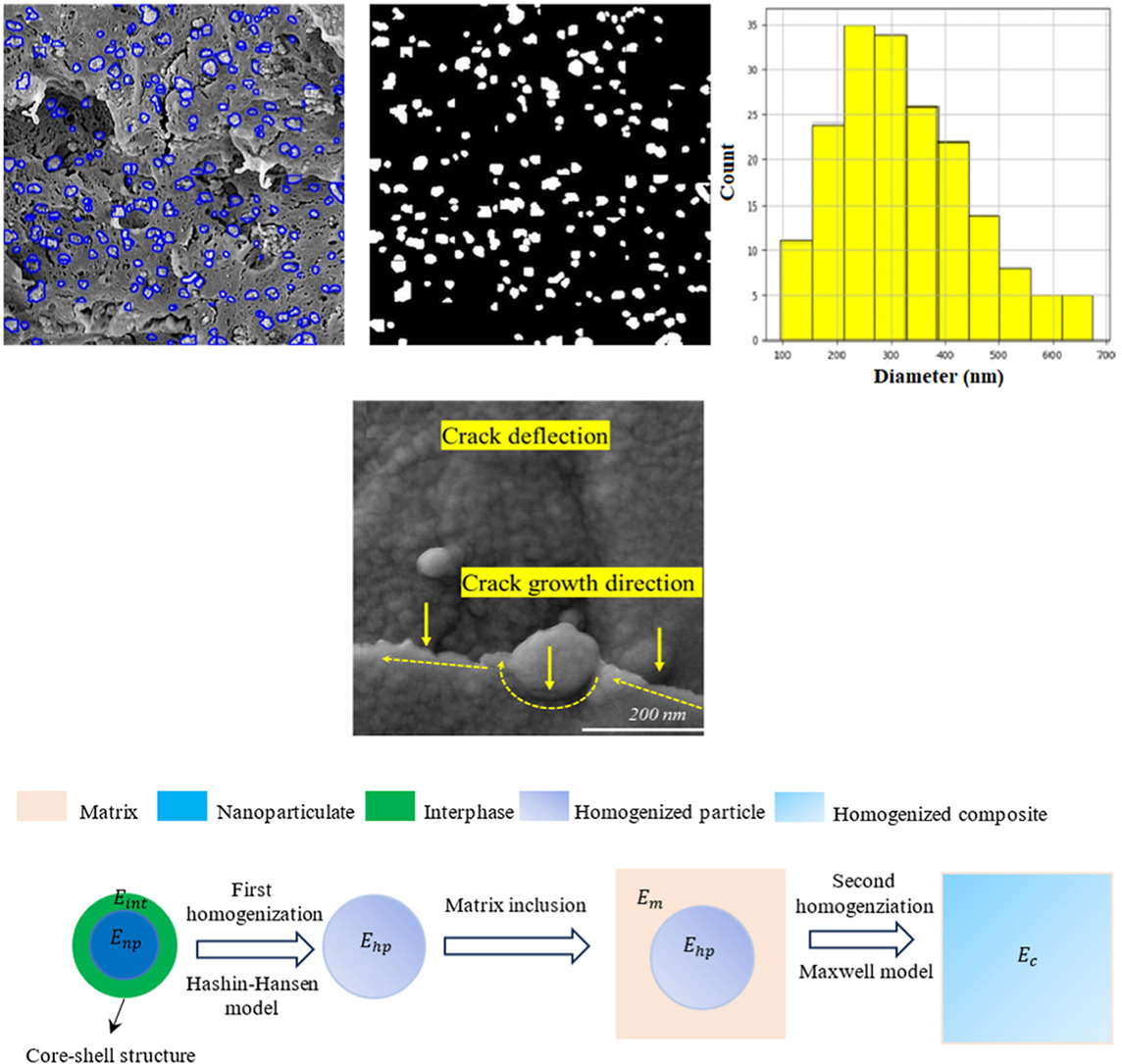AI Researcher and Developer with a Primary Focus on Deep Learning, Computer Vision, and Generative Models.
 https://orcid.org/0009-0003-1273-9435
https://orcid.org/0009-0003-1273-9435
Here you can download the academic version of my CV

Hey! I’m a Master’s student with a deep passion for Artificial Intelligence, Deep Learning, and Computer Vision, currently under the guidance of Dr. Ali Ahmadi. My research dives into the fascinating world of generative models and medical image analysis. But life’s not all code and research! When I’m not tinkering with AI, you’ll find me strumming on my Guitar or Setar, breaking a sweat with Calisthenics and Yoga, or inventing cool IoT gadgets that blend the digital and real worlds. Whether it’s exploring the latest in AI, hitting the perfect chord, or building something new, I’m all about blending tech, art, and a bit of zen.
This project aims to leverage advanced generative models to translate fundus images into Optical Coherence Tomography (OCT) images, facilitating improved diagnosis of diabetic retinopathy. By utilizing state-of-the-art deep learning techniques, specifically Generative Adversarial Networks.
Segmenting blood vessels in fundus images enables better comprehension of retinal diseases and facilitates the computation of image-based biomarkers. However, manual vessel segmentation is a labor-intensive task. This project aims to automate vessel segmentation using generative adversarial networks (GANs).
A smart device to open the door or control the entry and exit of companies or organizations. We have built both the devices and a face authentication application using advanced AI and computer vision techniques for secure access in different security places like apartments, offices, and more.
This system allows students to reserve machines online, while an admin panel empowers staff to monitor usage, track data, and even control machines remotely.
Microhardness testing measures the hardness of small areas or thin materials using Vickers and Knoop methods, with forces below one kilogram. Image processing techniques analyze the indentation to calculate the material’s hardness.
Sunlight intensity is measured to analyze atmospheric conditions and detect pollutants. Using OpenCV, Matplotlib, and CNNs, this data helps predict and prevent air pollution.

Journal : Nanoscale
https://doi.org/10.1039/D4NR01018CThe study developed an automated technique using deep learning for precise nanoparticle dispersion mapping in SEM micrographs. By introducing size uniformity and supercritical clustering factors, the approach quantified the impact on properties and correlated dispersion characteristics with interfacial strength and thickness in polymer nanocomposites.

Journal : ACS Applied Materials & Interfaces
https://doi.org/10.1021/acsami.4c02797This study introduces a computer vision-based method for measuring nanoparticle sizes in polymer nanocomposites. The technique improves accuracy in predicting elastic modulus by integrating segmented images into a finite element model, resulting in precise quantification of interphase properties with minimal discrepancy from experimental data.

Journal : Composites Science and Technology
https://doi.org/10.1016/j.compscitech.2023.110360This study explores the use of deep learning techniques, specifically a visual particle recognition strategy, to accurately assess nanoparticle dispersion in nano-zeolite polyethylene nanocomposites. By analyzing scanning electron microscopy images, the approach improves the accuracy of particle size measurements, enhancing the understanding of interphase effects on the material's macroscopic properties. The findings demonstrate a significant advancement in the quantitative analysis of nanocomposite morphology.
Computer Science Department of K. N. Toosi
Seyed Khandan Bridge, Shariati
Tehran, Iran